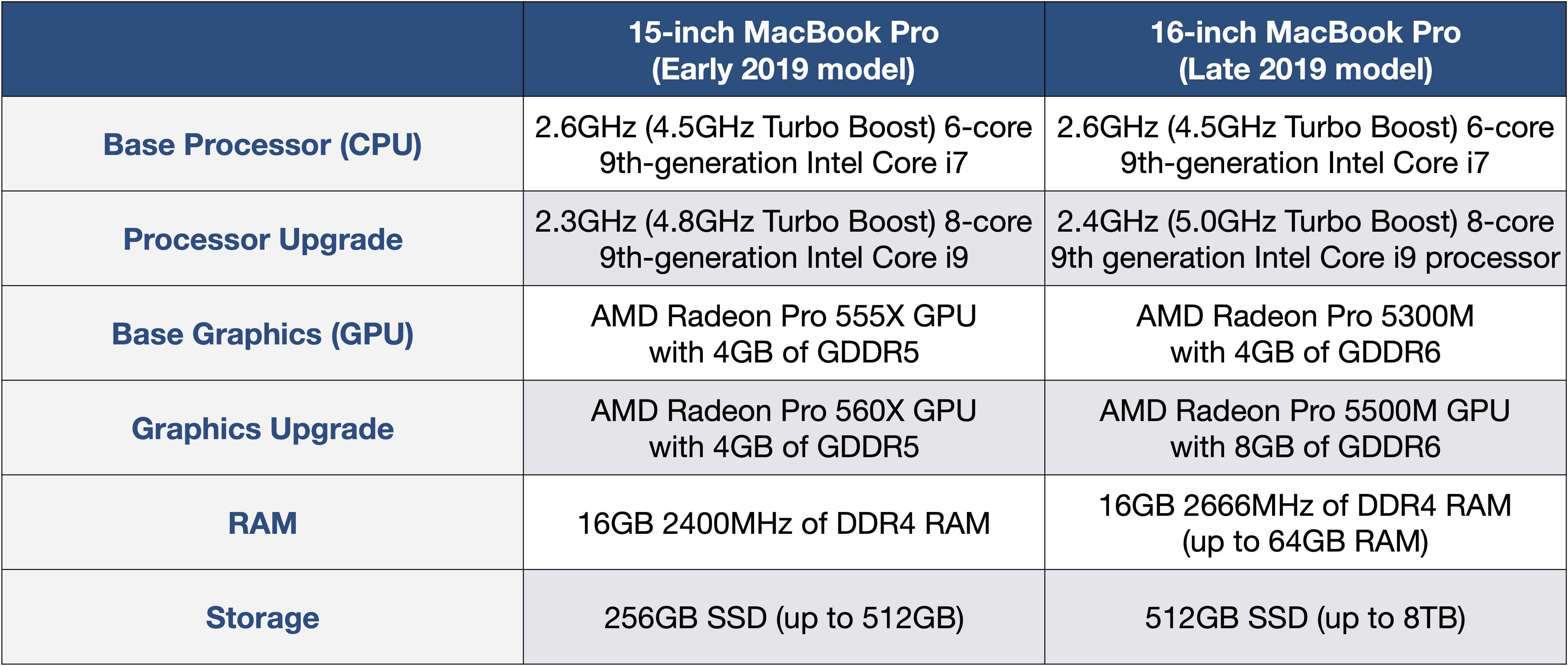

- #6 core mac pro vs 8 core driver
- #6 core mac pro vs 8 core upgrade
- #6 core mac pro vs 8 core professional
The 4, 6 and 8 core CPU options all offer the same peak single core frequency (3.9GHz). This first chart has the y-axis starting at 0MHz, but the next one is the more interesting as it starts at 2.7GHz and better illustrates/exaggerates the sort of frequency tradeoff you can expect vs. I've left base clocks out of the graphs although you can see them noted in the legend at the bottom of each chart. Neither Apple nor Intel do a great job of publicly exposing this information, Apple avoids doing so in order to keep things clean/simple, and Intel avoids doing so because perhaps it’s fun? Either way I’ve compiled the data on the four CPU options into the charts below. Subsequent implementations of Intel’s Turbo Boost technology have scaled the aggressiveness of this opportunistic frequency scaling, but the basic principle remains the same.Īpple advertises core count and base frequency for all of the Mac Pro CPU options, but to really understand what you’re getting yourself into you need to look at each CPU’s max turbo states vs. The former is a technology that can almost entirely remove power to a core (both active and leakage) when idle, while the second takes advantage of that freed up thermal budget to drive any active core(s) at higher frequencies. Starting with its Nehalem architecture back in 2008, Intel introduced two key technologies that changed the face of multicore on the desktop: power gating and turbo boost. In the old days, that would be the end of the discussion - you either choose more cores or more frequency, a tradeoff that is ultimately determined by your workload. The more cores you get, the lower your base CPU frequency is. There are four CPU options, each with varying core counts.
#6 core mac pro vs 8 core professional
With a relatively broad professional audience in mind, Apple offers more CPU options for the Mac Pro than on any other shipping Mac: Mac Pro (Late 2013) CPU Options Literally anyone who needs more performance than Apple offers in an all-in-one or a notebook inevitably is pushed to consider the Mac Pro. The Mac Pro not only serves as Apple’s ultra high end Mac, but it’s the only option if your needs exceed that of an iMac or 15-inch MacBook Pro. With the Mac Pro the CPU selection is good, but the decision of what to buy is far more complex than in any other product line. Outfitting all 15-inch rMBPs with Crystalwell was a very wise move on Apple’s part. The store did go down yesterday, to signal the launch of the new iPad mini and iPad Air.Had I gotten around to publishing my rMBP review prior to this one you would’ve seen my praise Apple’s CPU selection abilities as of late. Interestingly, Apple did not do its usual ceremony of taking the Apple Store down for this announcement, presumably because it was relatively minor.
#6 core mac pro vs 8 core upgrade
The latest episode of the Upgrade podcast this week includes an interview with Colleen Novielli, Apple’s iMac Product Manager.

Speaking of legacy, Apple still sells a non-Retina 21.5-inch iMac for $1099.
#6 core mac pro vs 8 core driver
The T2 can only interface with solid storage, meaning the Fusion Drive is incompatible unless Apple dedicated a team to develop driver support for the legacy platters - something the company has shown no sign of doing. The fact that the Fusion Drive lives on is probably the reason why the iMacs have not adopted the T2 security chip seen in the iMac Pro, MacBook Air, and MacBook Pro. You can of course configure the iMacs with SSDs, up to 2 TB capacity. The iMacs continue to feature spinning hard drives in the Fusion Drive enclosure, so the death of the HDD hasn’t arrived yet. The Radeon Pro Vega 48 GPU upgrade costs $450 build-to-order, and is not offered on any base iMac configuration. For your money, you get a 3.6GHz 8th-generation Intel i3 processor, 8 GB RAM, a 1 TB hard drive, and Radeon Pro 555X graphics.įor $1799, the base model 27-inch iMac offers a 3GHz 6-core 8th-generation Intel i5 processor, 8 GB RAM, 1 TB Fusion Drive, and a Radeon Pro 570X GPU. The new iMacs are available today in the Apple Store, starting at $1299 and $1799 for the 21.5- and 27-inch models respectively. In terms of GPU, Apple now offers Radeon Pro Vega graphics upgrades on both 21.5-inch and 27-inch form factors. Apple says these new processors deliver up to 2x the performance of the previous generation iMac. The 27-inch iMac houses 9th-generation Intel CPUs, with 6-core and 8-core configurations. The 21.5-inch iMac features 8th-generation Intel CPUs in quad-core and six-core SKUs. Apple has just dropped new iMacs on the Apple Store: the same design with new internals.


 0 kommentar(er)
0 kommentar(er)
